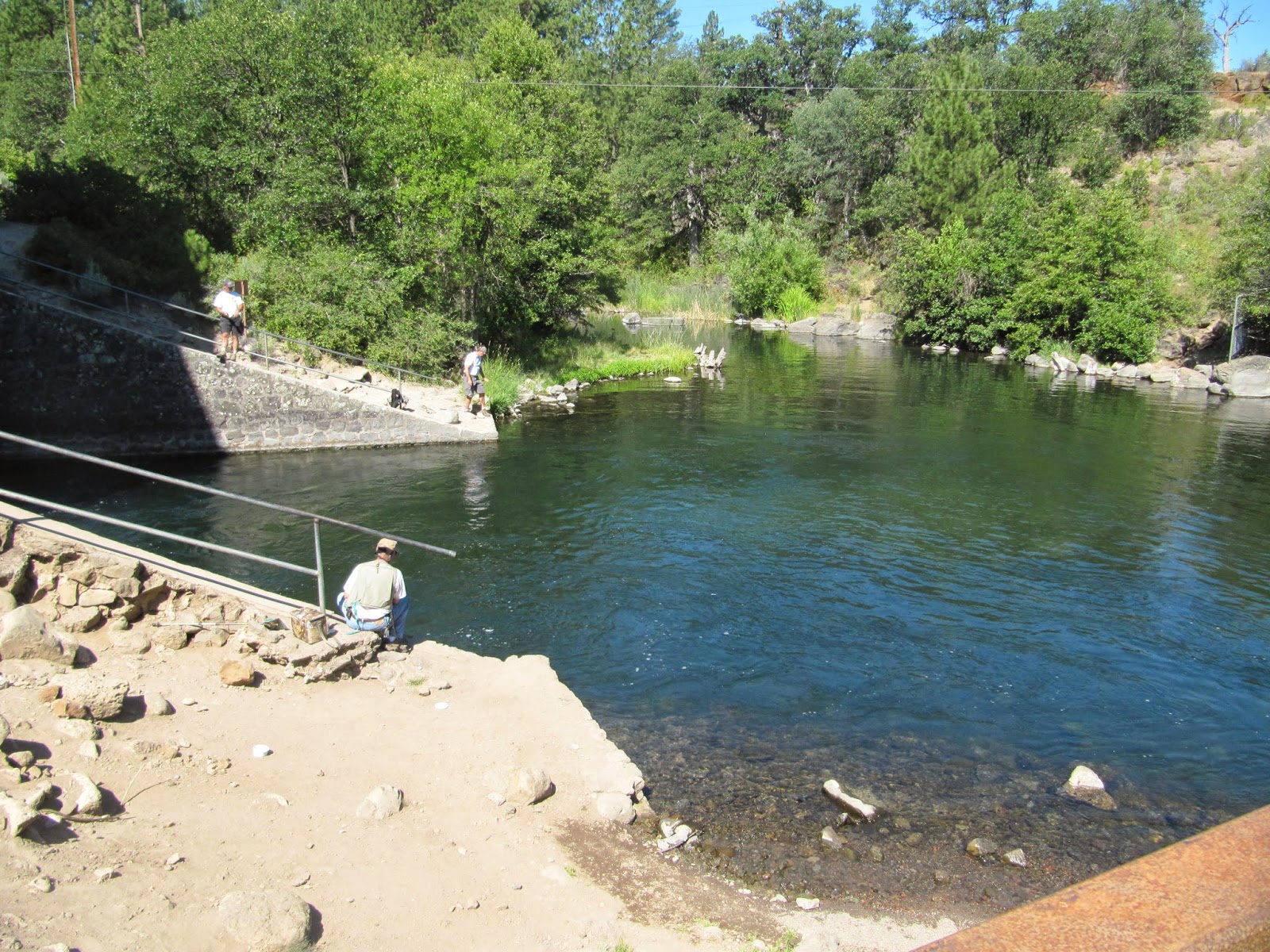What he
doesn’t understand, he has all eternity to learn, and I suspect that as
Einstein grows and matures in knowledge and understanding of celestial bodies,
how to calculate their weight and mass and position them correctly in
relationship to all other objects, the sandbox he gets to practice in will be
significantly larger than the one my father wrote about.
To this
day, I do not understand fundamental algebra, even though I’ve taken numerous
classes in the subject. I flunked trigonometry in college and calculus is
beyond my comprehension, but I have a deep desire to learn. In fact, I
have an overwhelming desire to learn all things mathematical; it’s just that
these subjects at the moment are not a high priority for me.
Assuming
I’m a slow learner, what if I had a thousand years to learn algebra and another
thousand years to learn trigonometry and had, at my disposal, the Universe’s
most outstanding instructors to teach me and guide me in the practical
application of these disciplines?
Then what if I took another two
thousand years to learn applied calculus and another five thousand years each,
to learn quantum physics, axiomatic of Euclidean geometry, binary polyhedral,
paradoxes of naïve set theory, probabilistic complexity theory and tauberian
theorems. If I can hike the PCT, I think that given enough time, and with
the right teachers, I could learn anything and everything related to
mathematics.
We need
to remember that eternity is forever, and like the Internet that has no end
page, there is no shelf life or expiration date for eternity, and for those who
desire, it’s all about the acquisition of knowledge. Suppose for a moment
that my fellow trail hikers – Giggles, Sundog, Storytime, Blast, Nurse Betty,
Cookie, Peter Pan, Lucky Man, Purple Haze, Yashinka, and Swiss Army, are with
me beyond the veil, and together we’re in the same organic chemistry class that
has an upper-level division number of 500,021 – does it matter how long it
takes us to master the concepts and laws that govern the molecular structure
and process of turning water into wine? Would five hundred thousand years
or 1.5 million years be sufficient for this class project? After all, the
time and capable instructors are available to us and the laws governing the
transformation of changing the molecular structure of water to wine is only a
mystery because, as mortals, we don’t understand the process. But others
do, and we can learn from them.
I suspect
there are few people who give any thought as to what life will be like
post-earth life. However, I do think most people believe in a post-earth
life, a time of reuniting with family members and loved ones, but what we do
after those initial greetings are concluded is the great mystery. If you
think about it, sitting on a cloud and staring at one another for five hundred
years, or even five years, will get old real fast.
Life
after death is about the acquisition of knowledge, for that’s how we advance in
intellect, grow in stature and mature into well-rounded and socially
responsible individuals, something much of mankind never had the opportunity to
achieve during their time of mortal probation. This is the time when the
Homeless of the world will have the opportunity to fulfill the full measure of
their creation. This is the time when the shackles of mental aberration,
physical privation, inherited social and economical deprivation will be
unlocked and Homeless, my homeless acquaintance in Independence, California,
who spends a great portion of his day leaning against a light pole on Main
Street and carries on a conversation with imaginary friends, will be set free.
To a great extent, we cannot avoid the adversities that life heaps upon
us, but if we keep an eternal perspective about life, we wouldn’t want it any
other way, for it is in the refiner’s fire that precious metal emerges; our job
is to endure it well.



























